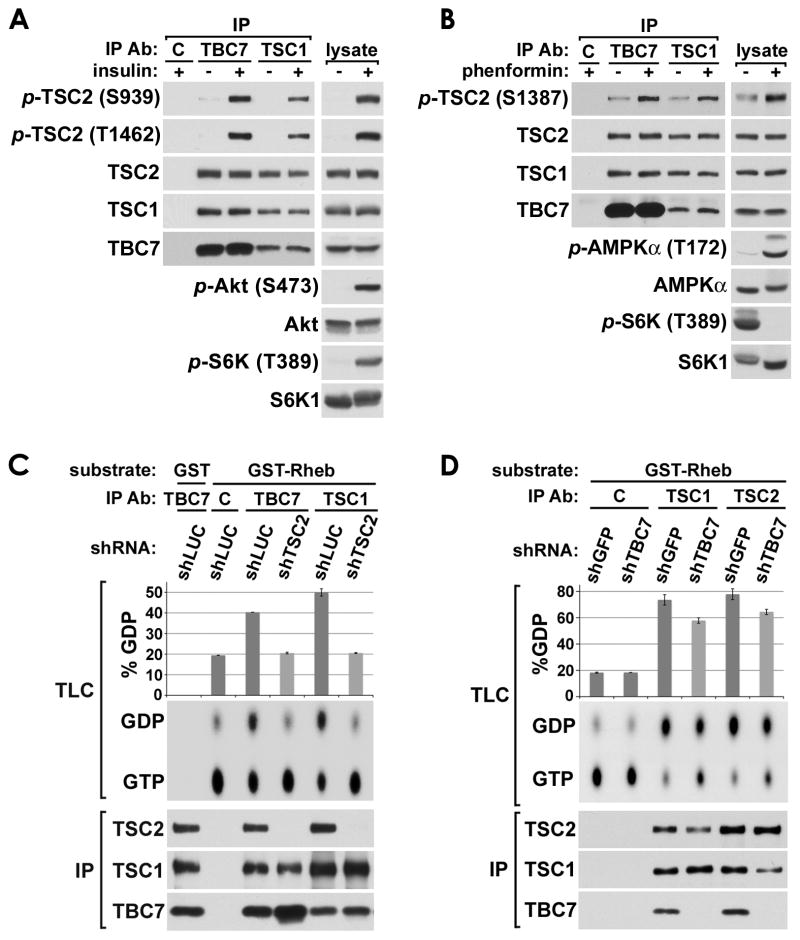Figure 4. The TSC-TBC complex responds to growth cues and has Rheb-GAP activity.
(A) TBC1D7 is associated with TSC2 that is phosphorylated by Akt in response to insulin. Serum starved (18 h) HeLa cells were stimulated with insulin (100 nM) for 10 min prior to lysis and immunoprecipitation (IP) with TBC1D7, TSC1, or control IgG (C) antibodies.
(B) TBC1D7 is associated with TSC2 that is phosphorylated by AMPK in response to energy stress. MEFs were grown in the presence of fresh serum (10%) with or without phenformin (1 mM) for 2 h prior to lysis and IP as in (A).
(C) TBC1D7 is associated with TSC2 that has Rheb-GAP activity. HeLa cells with stable shRNA-mediated knockdown of TSC2 (shTSC2) or a firefly luciferase control (shLUC) were serum starved for 6 h prior to lysis and IP as in (A). Immunopurified complexes were subjected to Rheb-GAP assays using recombinant GST or GST-Rheb pre-loaded with GTP[α-32P]. Rheb-bound GTP and GDP were separated by thin layer chromatography (TLC) and quantified using a phosphoimager in duplicate experiments. Mean GDP levels were graphed as percent of total GTP plus GDP (%GDP), with error bars for standard error of the mean.
(D) Knockdown of TBC1D7 leads to a net decrease in Rheb-GAP activity of TSC2. Rheb-GAP assays were performed, analyzed, and graphed as in (C) except using HeLa cells with stable shRNA-mediated knockdown of TBC1D7 (shTBC7) or a GFP control (shGFP), and twice the amount of cells. See supporting data in Figure S4B.

